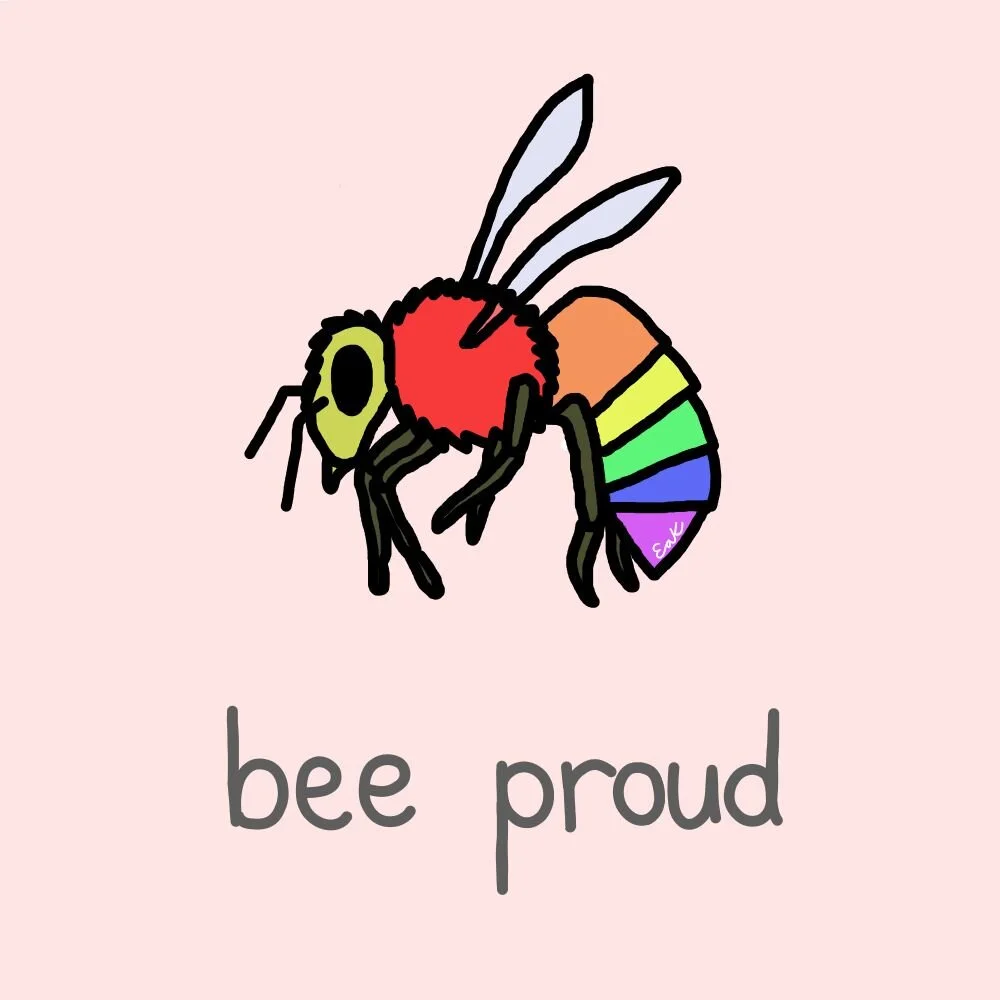School of Sexuality Education’s youth consultant Jessi Borg explains about pronouns and their importance.
One main thing that affects my daily life are pronouns. I identify as non-binary and I use they/them pronouns. We hear about pronouns a lot, especially as a lot of celebrities have marched on social media to talk about them, such as Piers Morgan and Boy George (ironically!). But what are pronouns?
To me, pronouns are an extension of someone's name, it’s how someone feels comfortable with being identified, for example “Hi I'm Jess and my pronouns are they/them”. Saying this, you wouldn’t then call me Marty or Lilly because that is not my name, the same way you wouldn’t refer to me as she/him as those are not my pronouns. Pronouns are a form of self-identification to help battle gender dysphoria in daily life. Gender dysphoria is a condition where a person experiences discomfort or distress because there is a mismatch between their biological sex and their gender identity (NHS definition). For example, a transgender person may alter their appearance to make them feel more comfortable in their own skin and body. Pronouns are a form of this: by calling someone by their pronoun you help people feel more comfortable and help fight gender dysphoria. This is also why many transgender people undergo top surgery or gender reassignment surgery, hormones, name changes and pronouns, as these help them battle gender dysphoria.
What do we mean by being transgender? Transgender is when a person’s gender is different from the one they were assigned at birth. This includes trans men, trans women, non-binary and gender fluid people. The opposite of this is cis-gender, which refers to people who identify with their gender assigned at birth.
A term also associated with pronouns are dead names. The dead name is the name given at birth which they no longer identify with and have changed. Instead, transgender people often change their names to fit their gender. Their new name may be similar to their birth name, or it may be completely different. Imagine you are called a turtle your whole life, treated like a turtle, made to act like a turtle, but you are human. You want to be called a human and act like a human. That is what gender dysphoria feels like and pronouns and calling people by their names (not dead names) can help someone connect with their gender in daily life.
But what is gender?
Gender itself is an idea that has been made up by society to put people into different categories and define people by certain attributes. In other words, gender is a social construct. Women are pictured to be feminine, docile and more motherly due to society's view of women, while men must be strong and masculine. This is portrayed throughout the media and has been enforced for years, so much that it has become second nature to understand the stereotypical 'man' and 'women'. This is gender.
So what do we mean by ‘non-binary’ or ‘gender fluid’? Well, non-binary is feeling either both or neither of the things that society push on gender norms. A non binary person may feel that they do not fit in the boxes of man or woman, or fit in both instead of just one.. Gender-fluid is similar, but a gender-fluid person may feel a man one day and a woman the next day, or neither. Their gender is not solid, and moves around a lot.
But gender identity only exists now, so these identities can't be real, right? Wrong! There is actually a long history of non-binary and different gender identities in the past. The most famous example of non-binary gender identity in historical culture is the Native American 2-spirit. Native Americans believed that people are born with feminine, masculine or a mix of both spirits. These spirits are our gender, rather than the biological bodies we are born into.
Inclusivity through language
So how do we conduct gender inclusive language in our daily lives? Well, as mentioned above, introducing each other with names and pronouns e.g. "Hi I’m ... and my pronouns are ..." . Although I understand that we may not always be able to ask/say pronouns in every interaction so non-gendered language can help. For example, instead of saying 'ladies and gentlemen' say 'everyone' (though I know it is less dramatic if you are in the theatre business).
Another one I like is, 'guys, gals and non-binary pals' if you want to be less formal. Or if you still want to be dramatic, 'ladies , gentlemen and all that fall in-between'. Those are a few greetings to use. Another one, if just referring to someone is to use they/them pronouns. For example, "they are by the bookshelf" or "they went to the toilet". Or simply just using 'person' instead of women and men. For example, instead of 'that woman/man', 'that person'.
If a particular term or name feels right for you, then use it. If you want to be called he/she/they then ask for people to call you that, and it’s their responsibility to not be transphobic and be respectful. Whatever pronoun you use, you are valid and that is what matters.
Illustrations by Evie Karkera, unless otherwise credited.
For more information about School of Sexuality Education’s work including training, get in touch.
Our book ‘Sex Ed: An Inclusive Teenage Guide to Sex and Relationships’ is out now.






